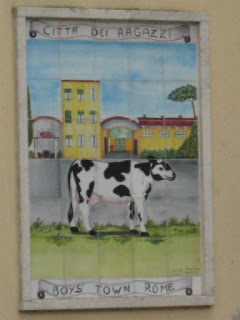
How do I start my last blog post from Rome? How did I get here and where did the past seven weeks go? I would love to know. They have been packed full of travel experiences, churches, schoolwork, and learning about Roman culture. Thank you for completing the journey with me.
If you are just stumbling upon my page, enjoy reading about three important aspects of Rome. Learn about how an American feels in Rome and the U.S. products available here. Learn about one piazza, the Campo de'Fiori. Learn about wine and then other Roman traditions. Watch me embrace my time in Rome and watch my appreciation for the new culture grow.
If you are wondering where I am now, I am working on finishing my undergraduate degree in Communication Arts and Sciences. I am spending time with my family and friends. Most importantly, I am taking my dog Marley on adventures and giving him a life any dog or human alike would be jealous of. If only he could have come to Italy. He may not be well trained like the dogs here, but he would have loved coming into stores and restaurants with me.
Here's to you, Rome. Thank you for the memories. Thank you for allowing me to grow as a person. And most importantly, thank you for letting me feel at home in your piazzas, side streets, and gelaterias. I will not soon forget my time here.















